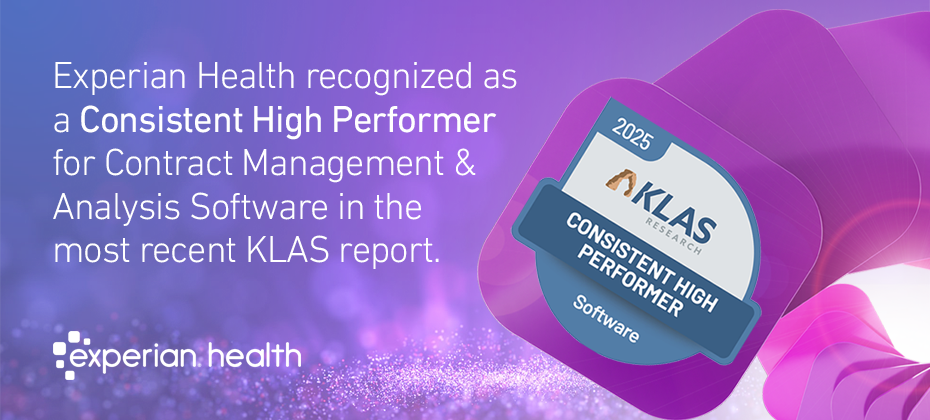
The U.S. is currently struggling with a critical healthcare labor shortage that is impacting every part of the revenue cycle. In fact, the American Hospital Association has deemed this challenge a “national emergency” that is only expected to worsen. Staffing shortages leave healthcare providers vulnerable to reimbursement delays, low morale and negative patient experiences. As a result, many healthcare providers are leveraging automation to tackle this staffing crisis. Revenue cycle management (RCM) software and analytics can help providers navigate labor shortages by relieving staff of repetitive, process-driven manual tasks and improving operational efficiency. As healthcare labor shortages continue, how can providers maximize the return on their investment in automation?
The snowball effect of healthcare labor shortages
The first quarter of 2022 ended with a peak of 11.9 million open vacancies in the United States. Just about every industry is feeling the impact of the Great Resignation, driven largely by the fact that more people are reaching retirement age than are entering the labor market. In healthcare, the challenge of attracting and retaining top talent is felt even more acutely – in May 2022, the healthcare vacancy rate was 8.8%, second only to hospitality services.
While the pandemic created greater pressures on healthcare staff, chronic understaffing and burnout were already a problem. Now, healthcare workers are contending with the snowball effect of increasing stress, sickness absences, lack of time to train new staff and loss of morale. Potential recruits may be tempted away to industries touting fewer COVID regulations, competitive pay, and more flexible and remote positions. Healthcare providers need smart and creative staffing strategies to close the gaps.
Automation should be at the heart of HR contingency planning
Providers may look to traditional market forces to solve the staffing challenge. Reducing services, increasing wages, improving working conditions and partnering with local education facilities to attract new staff are all on the table. But tight margins and inflationary pressures limit the options available, and policy changes can take time to be implemented.
Automation can help mitigate healthcare labor shortages in three main ways. It can reduce the workload and increase staff capacity, improve operational performance and free up resources that can be reinvested in the workforce, and create better experiences for staff (and patients).
Using automation to increase staff capacity
Repetitive tasks that follow the same process every time are perfect for automated programs. Shifting the load from staff to software means that fewer team members are needed for those activities, and available staff can focus on more complex issues.
Patient access is a good place to start. Many hospitals have already started to scale back care due to severe staffing shortages. Online scheduling and automated registration can ease the burden as patient volumes increase. These self-service tools cut down call center queues and eliminate labor-intensive data entry.
With automated pre-registration, the correct information for each patient can be pre-filled and follow them throughout their healthcare journey, so staff no longer lose entire days spent resolving data input errors.
Automation can improve operational efficiency, even with labor shortages
Automation is more than replacing human effort with software programs: it also strengthens operational performance. Automated revenue cycle tools can complete tasks such as data entry, coverage checks, pre-authorizations and eligibility verifications much faster – and with fewer errors – than staff. If data-driven tasks can be completed with greater accuracy and efficiency, then the entire revenue cycle will move more quickly, leading to faster reimbursement.
This is especially obvious when using automation to streamline collections. It doesn’t make sense for staff to pursue all past-due accounts, but with automation and advanced analytics, they can identify the patients most likely to pay and focus their efforts accordingly.
Collections Optimization Manager uses multiple data sources to automatically screen and segment accounts, so staff doesn’t waste time chasing the wrong ones. Accounts are then distributed to appropriate collections channels using specific routing and recall rules. With a better understanding of each patient’s financial situation, staff can engage with patients in a more compassionate way and resolve issues without repeated calls and emails.
Alongside this, automated patient outreach can provide personalized and convenient communications about patient collections. PatientDial frees up staff from time-consuming calls by providing automated inbound, outbound and blended calls with live agents or automated interactive voice response (IVR) services. “Queue callback” automatically calls patients back when a suitable agent becomes available, maximizing staff time while improving the patient experience. PatientDial also monitors agent performance so managers can make strategic decisions to improve workflow.
Using automation to create better user experiences
Existing staff may worry that increasing the use of automation could lead to their jobs becoming redundant. This isn’t really the case: while automation and artificial intelligence (AI) allow RCM teams to “do more with less” and reduce the need to recruit additional staff, they should be seen as complementary to rather than replacing staff.
By removing time-consuming and tedious tasks, automation creates a better experience for staff. User-friendly interfaces give patient access, claims and billing teams all the information they need to help patients quickly and accurately. And as prior authorizations and payer policy changes change ever more frequently, staff will be relieved to hand over the task of checking each payer’s website to a software program that can complete the job quickly and accurately.
Shifting to online and mobile options gives patients a more convenient and satisfying user experience, too. For example, automated self-service tools can be used to give patients upfront estimates about their expected cost of care, and link to convenient payment methods. It’s a quick win for providers who will find it easier to comply with new price transparency rules and makes it easier for patients to clear their bills faster.
And the result? A happier workforce, a better patient experience and a healthier revenue cycle.
Find out more about how Experian Health’s automated revenue cycle management solutions can help healthcare organizations build resilience and thrive in the face of healthcare labor shortages.


